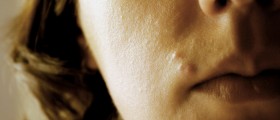Overview
Hirsutism is a condition in women where unwanted and male-pattern hair growth occurs. The condition results in the growth of thick, course, and dark hair on areas of the body such as the face, chest, and back where men would typically grow hair.
The amount of hair that normally develops in individuals depends on genetic factors but with hirsutism, the condition develops as a result of excess testosterone levels (which is the male hormone that is produced in men to cause hair growth in the mentioned areas of the body as well as increase muscle mass and strength).

Causes
At the time of puberty, a female's ovaries begin to produce a balanced amount of testosterone and oestrogen, which is the female hormone giving rise to secondary sexual characteristics in women including breast development.
Conditions that can cause this scenario include:
- Cushing's syndrome - where the adrenal glands produce too much cortisol.
- Polycystic ovarian syndrome (PCOS) - multiple cysts develop on the ovaries resulting in dysfunction of the organs.
- Congenital adrenal hyperplasia - here abnormal production of cortisol and androgen hormones are caused by the adrenal glands.
- Exposure to medications - especially steroid medications but also those such as danazol and fluoxetine.
- Tumours - rarely, androgen-secreting masses in the adrenal glands or ovaries may be involved in the development of hirsutism.
Women of South Asian, Middle Eastern, and Mediterranean ancestry are more likely to develop hirsutism compared to women of other decent. This is purely a genetic trait and there is no identifiable cause why the condition occurs in women of these population groups.
Complications
Management
The management of hirsutism will depend on what the cause of the condition is. In the cases where an underlying cause is identified, these will be managed in the appropriate manner.
Plucking, shaving, and waxing are all methods that can be performed at home to try and get rid of small areas of problematic and abnormal hair growth. If these are not effective enough, then the following therapies are used to help manage hirsutism:
- Using oral contraceptive medications - in the cases where the condition is caused by increased testosterone levels, using progestin and oestrogen-containing medications will help to suppress the male hormone levels.
- If the oral contraceptives aren't effective, then anti-androgen medications may be prescribed to stop the androgen hormones from attaching to the receptors in the body that would cause male-pattern hair growth.
- Topical creams such as eflornithine are also available to be applied to the affected areas and help to slow down new hair growth.
- Procedures such as electrolysis and laser therapy may be performed to damage hair follicles so that hair doesn't grow in these areas anymore. Multiple sessions of these procedures may be needed depending on the area of involvement and the extent of the hair growth..
- www.ncbi.nlm.nih.gov/pubmed/24830586
- Photo courtesy of SteadyHealth




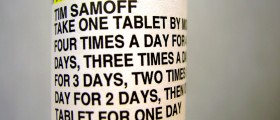

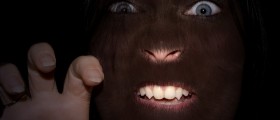
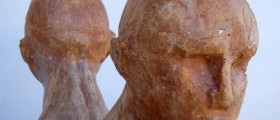

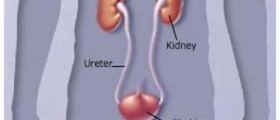

-In-Adults_f_280x120.jpg)



